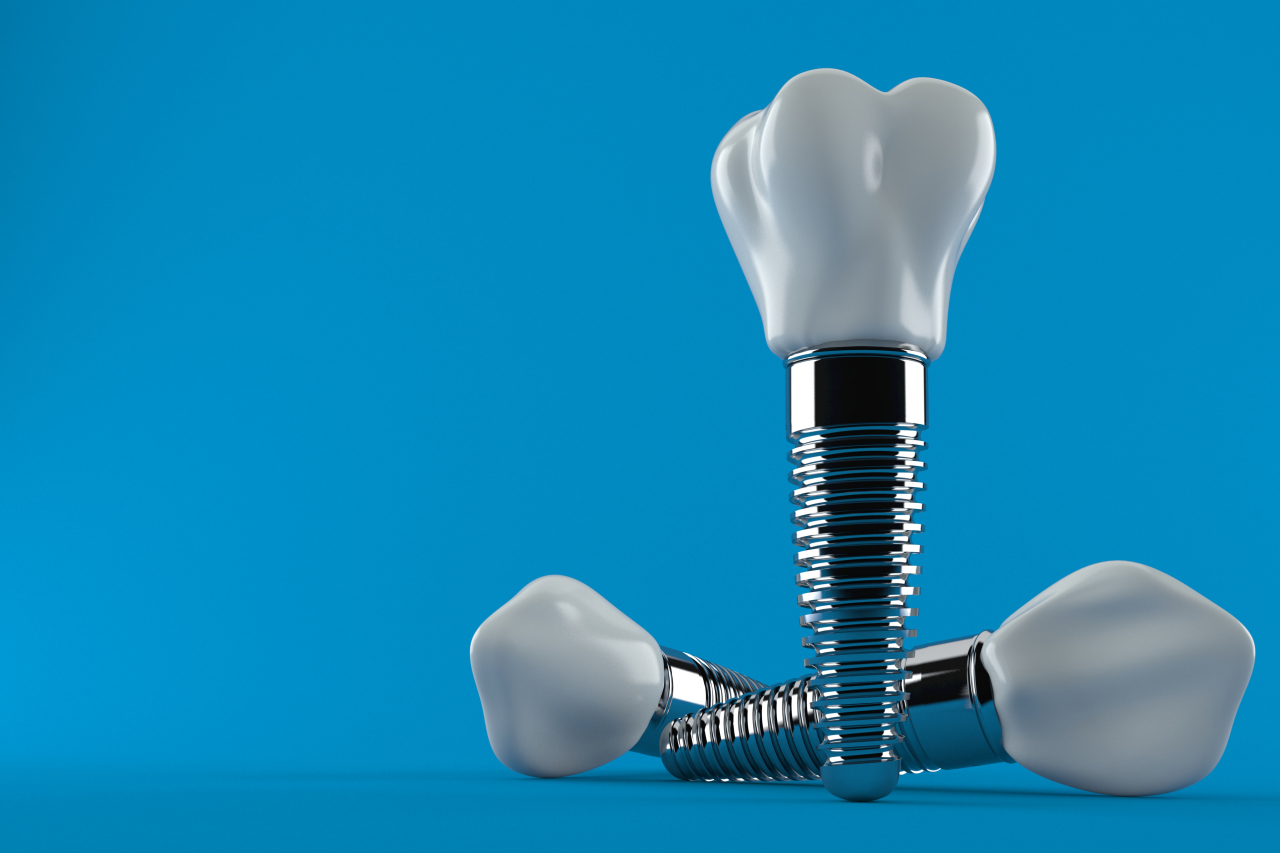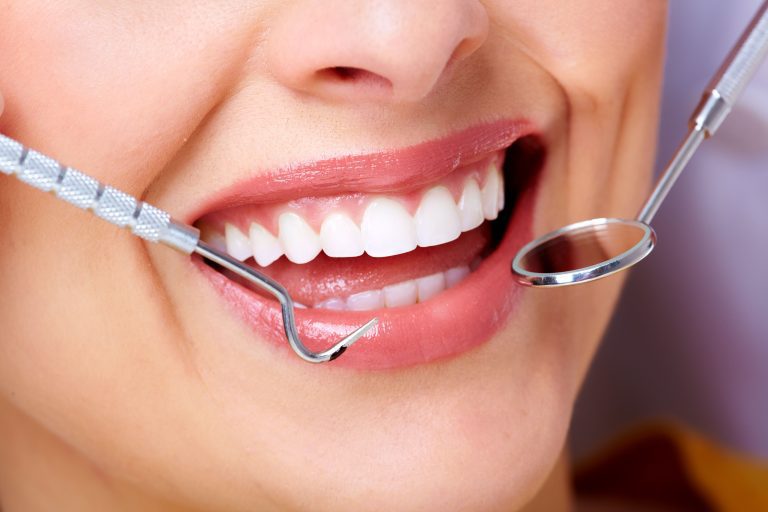
What is Root Canal Treatment? When is it Needed?
3 February 2023
What is an Implant? How are Dental Implants Applied?
3 February 2023
Teeth whitening is used to whiten teeth that have become discolored and stained for various reasons. Sometimes tooth discoloration is due to genetics, while it often develops later in life. Even with regular oral hygiene, teeth can lose their whiteness over time. These problems can cause a person to hide their smile and feel uncomfortable aesthetically. Still, modern whitening techniques can quickly resolve them. So how are yellowed teeth whitened, and what are the most effective methods?
Why Do Teeth Lose Their Whiteness?
Natural discoloration of teeth can develop in two different ways:
Extrinsic Teeth Stains
Extrinsic factors such as tea, coffee, food coloring, and smoking can cause teeth to be yellow and darken over time. There may also be discoloration and spotting on the teeth in these cases.
Intrinsic Teeth Stains
Various health problems can cause tissue damage and discoloration that affects teeth from the inside. Infections and fevers during childhood and the use of certain medicines can often cause this type of discoloration. In addition, tooth decay and injuries can also affect the appearance of teeth in the mouth.
What is Teeth Whitening?

Having white, healthy teeth has a significant impact on your appearance. People who do not have perfect teeth often hesitate to smile or speak in public. People may experience social problems because their natural teeth color changes over time for various reasons. In recent years, teeth whitening has offered a significant advantage in restoring an aesthetic dental appearance. It is one of the most commonly used methods of restoring teeth to their natural color.
What are Teeth Whitening Options?
The primary purpose of teeth whitening is to remove problems such as discoloration and staining from the teeth and to give the person an aesthetic smile. Professional treatments are carried out in a clinical environment, as well as personal methods that can be done at home.
Teeth whitening techniques used today can be categorized as follows:
Whitening at Clinic
Bleaching: Bleaching is done by applying various chemicals to the teeth, and a specialist performs it. The bleaching procedure is primarily used for intrinsic color changes, and it is completed quickly and provides effective results.
Tray: A gel consisting of teeth whitening agents is applied to custom-made dental appliances for the individual and attached to the teeth, thereby achieving teeth whitening.
Home Whitening Kits
Whitening Toothpaste: Whitening toothpaste contains fine particles that erode the tooth surface, and it helps remove stains on the teeth, but long-term use risks eroding the tooth enamel. Pastes are especially effective on discolorations caused by external factors.
Whitening Strips: Strips applied 1-2 times a day and for a certain period help whiten teeth.
The application method, suitability, and effects on the dental health of each method are different. Therefore, to effectively remove discoloration from your teeth, it is necessary to consult a specialist dentist and have personalized treatments carried out for you.
How is Teeth Whitening Done?

As teeth can change color due to external or internal factors, the whitening technique used varies depending on the cause of the problem. Surface whitening applications are preferred for external color changes, while more advanced techniques are required for internal factors. Clinical applications, which cover both situations, are optimized according to the individual’s needs to ensure maximum effectiveness in the shortest possible time.
Teeth whitening involves using a gel suitable for the type of problem and deemed appropriate by the dentist. This gel is activated by heat or ultraviolet light and then applied to the teeth. Often, the dentist will remove tartar from the teeth to prepare the mouth for the application and then polish the surface of the teeth to determine the shade. A protective substance is applied to the gums, and the patient is given protective goggles, as contact with the gel is harmful. There may be some sensitivity during the 20-30 minute procedure, but no pain or discomfort later.
You can achieve desired results with a professional teeth whitening procedure and immediately have the healthy teeth you have been missing.
How Long Does the Whitening Last?
Modern whitening techniques are known for their success in reducing patient discomfort. However, factors such as the method of application, the expertise of the dentist, and the patient’s post-treatment dietary habits can significantly affect the duration of the effect. In particular, not following the dentist’s recommendations after treatment and continuing to eat discoloring foods for a long time can accelerate tooth discoloration.
The following are recommended to extend the effect of the procedure:
- Avoid consuming cold and hot products for the first week.
- Avoid eating and drinking anything that will change the teeth’ color, such as cigarettes, tea, coffee, wine, and cherries, for 3-4 days after the procedure.
- Do not use dental care products and toothpaste that erode tooth enamel.
- If these recommendations are followed, the teeth whitening procedure results can last 6-12 months. It is possible to achieve maximum efficiency from the application by re-evaluating dietary habits.
Teeth Whitening Prices
Teeth whitening is a quick and easy solution to problems such as unsightly stains, yellowing, and darkening of teeth. However, the extent and cause of discoloration can vary from person to person, leading to differences in application techniques and prices. A dentist should make these decisions for the best results and a healthy whitening effect.
You can start the treatment immediately by getting information about the most suitable teeth whitening applications and prices for your needs.



